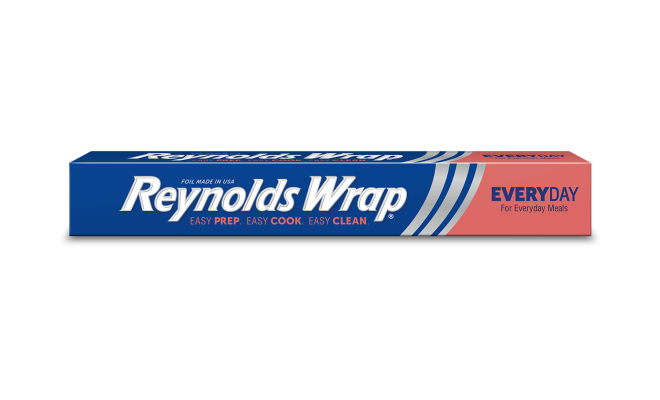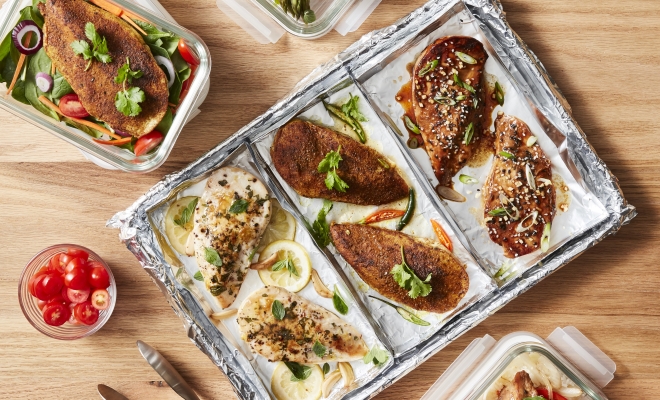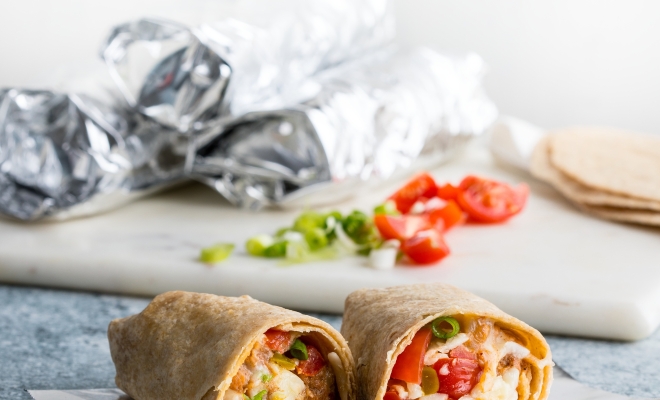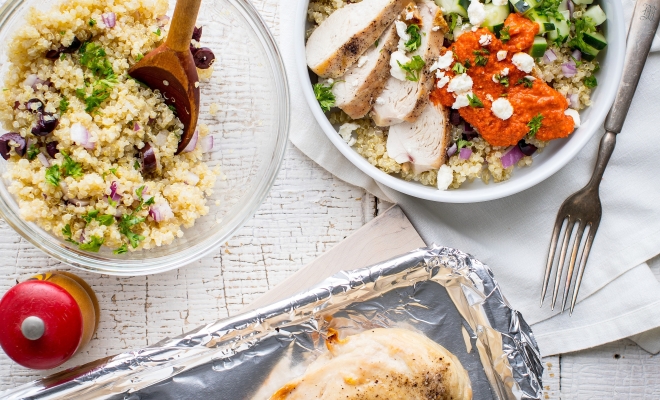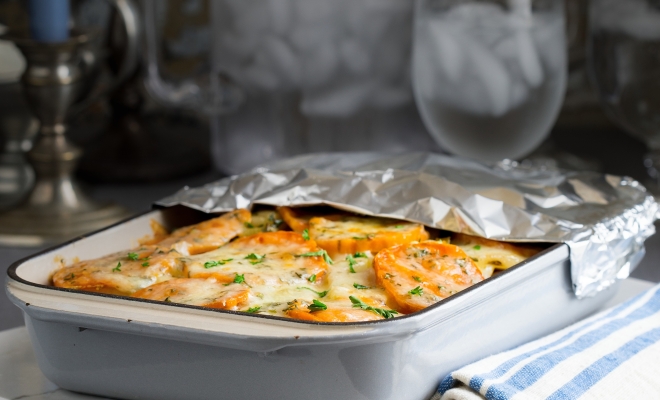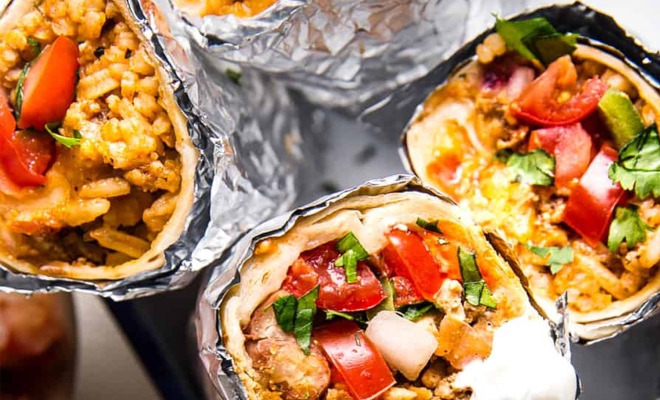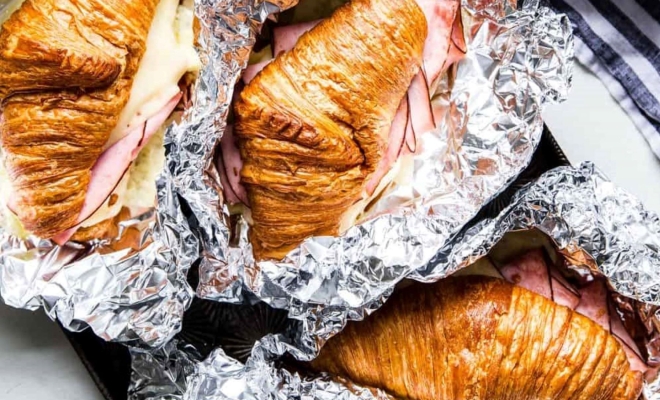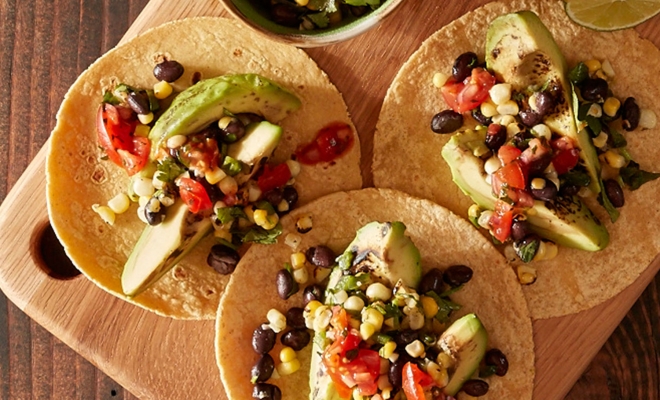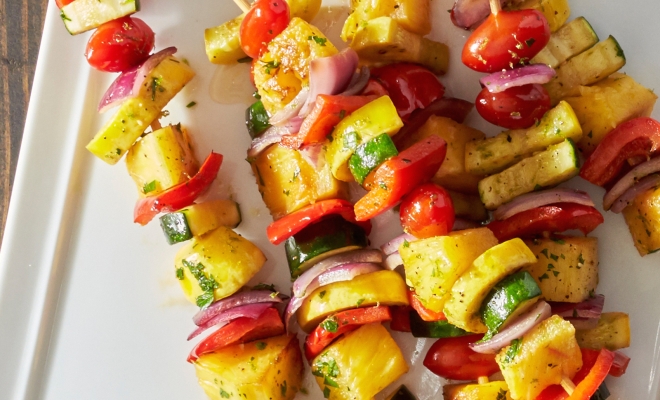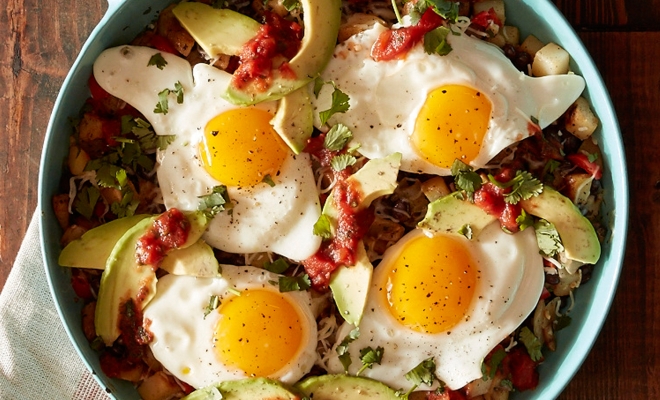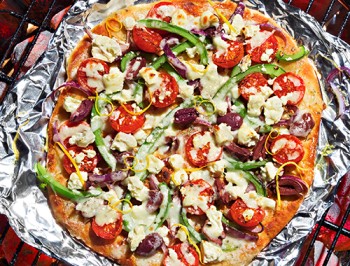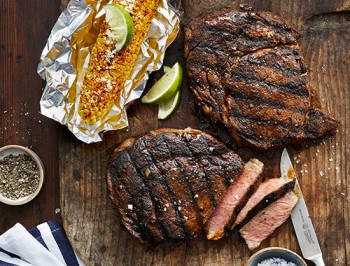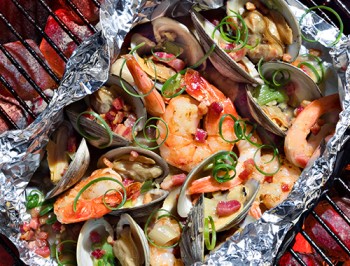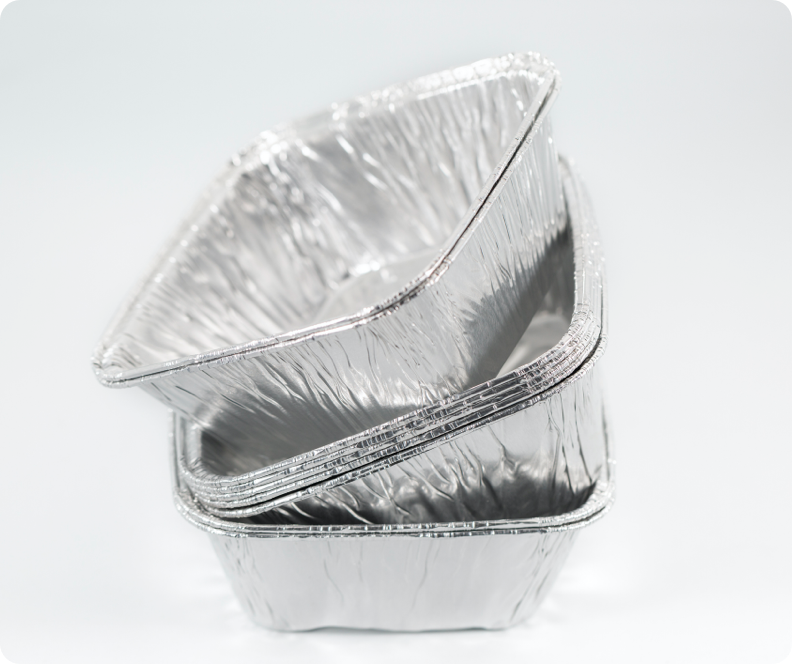Everyday Foil
Everyday Foil

Everyday Foil Features…
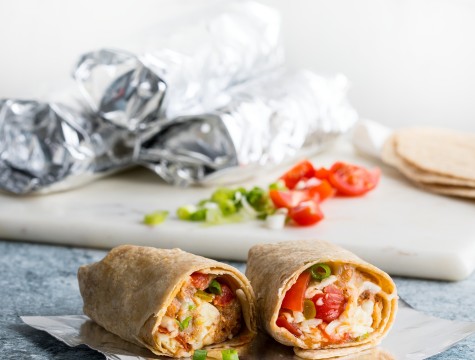
Tough & durable
Versatile foil that is great for lining sheet pans and making packets for simple and delicious meals.
Easy Open and Stay Closed Box
The new package has a tab that keeps the box fully closed for storing after use and a new color-coded look making it easier to find the product in the aisle.
Trusted for 75 years
Reynolds Wrap® Foil is made in the USA and has been trusted for over 75 years.
Everyday Foil
Recipes & Tips
Product FAQs
Is Reynolds Wrap® Made in the USA?
Yes, Reynolds Wrap® Aluminum Foil is made in the USA. Reynolds Wrap® Aluminum Foil is 98.5% aluminum. The balance is made up of other elements: primarily iron and silicon. These are added to give the strength and puncture resistance obtained only in the alloy used in Reynolds Wrap® household foil. Reynolds Wrap® Aluminum Foil fully complies with U.S. Food and Drug Administration requirements for direct contact with food.
Is aluminum foil recyclable?
Yes, aluminum foil can be recycled. However, every community’s recycling program is unique, so be sure to check if aluminum foil is accepted by your local government or recycling provider. Find information about facilities near you.
What side of the foil should I use, shiny or dull?
With standard and heavy duty foil, it’s perfectly fine to place your food on either side so you can decide if you prefer to have the shiny or dull side facing out. For Reynolds Wrap® Non-Stick Aluminum Foil, you'll want to have the dull side facing up. A tip is that if you can read the writing on the foil then you have the right side up to get all of the benefits of non-stick foil.
When should I use Heavy Duty Foil vs. Standard foil?
Both Reynolds Wrap® Heavy Duty and Standard Aluminum Foil have excellent strength and can be used in a variety of situations.
Standard foil does a great job when lining and covering 13"x9" or smaller pans, for wrapping sandwiches and other light items, and for making small packets for oven cooking.
Heavy Duty foil should be used when extra sturdiness is needed. Some examples include lining grills or broiler pans, and for making multiple serving size packets for the grill or oven. This kind of foil also offers extra protection from freezer burn when wrapping foods for freezer storage.
Can I use Aluminum Foil instead of Parchment Paper?
Reynolds Kitchens® Parchment Paper will generally have better non-stick qualities during cooking than standard aluminum foil.
Reynolds Kitchens® Parchment Paper is oven safe up to 420°F but is not suitable for cooking that involves direct heat – so if you are broiling of grilling, we recommend that you use foil. Reynolds Wrap® Non Stick foil has a silicone coating for easy release of sticky or baked on foods and is available in the foil aisle.
What is the difference between tin foil vs aluminum foil?
In 1919, the U.S. Foil Company, parent of Reynolds Metals Company was founded in Louisville, Kentucky to produce lead and tin foil. Then in 1926, the company entered the aluminum business, rolling aluminum foil for packaging. Today, Reynolds Wrap is made from 8111 alloy aluminum, at the thickest gauge specifications available in the marketplace. Reynolds Wrap® Aluminum Foil is 98.5% aluminum. The balance is primarily iron and silicon. These are added to give the strength and puncture resistance obtained only in the alloy used in Reynolds Wrap® Aluminum Foil.
Can you line the bottom of oven with foil?
To avoid possible heat damage to your oven, we do not recommend using aluminum foil to line the bottom of your oven. Rather, we recommend that you place a sheet of heavy duty aluminum foil on the oven rack beneath the pie or casserole you are baking. The foil should be only a few inches larger than the baking pan to allow for proper heat circulation. The foil will catch any drips before they reach the oven bottom.
Which is better for freezing, aluminum foil or plastic?
Aluminum foil has the lowest moisture-vapor transfer rate of all wrapping materials. This means that it is the most effective in preventing the loss of moisture and vapor from the food. This is the reason why foil is preferred over plastic wrap for long-term food storage or freezing.
Why does my foil darken or discolor sometimes during baking?
The darkening of foil may be caused by moisture from the food being covered. This results in a buildup of aluminum oxide. This is a totally harmless substance that is naturally present on the surface of foil. Moisture tends to accelerate this buildup.
